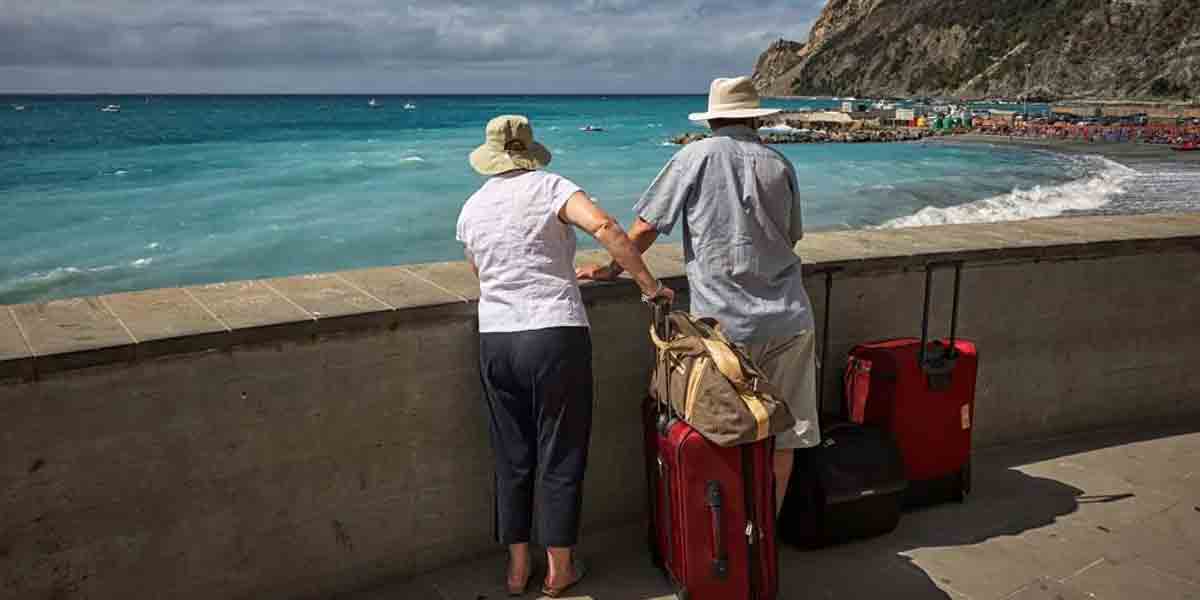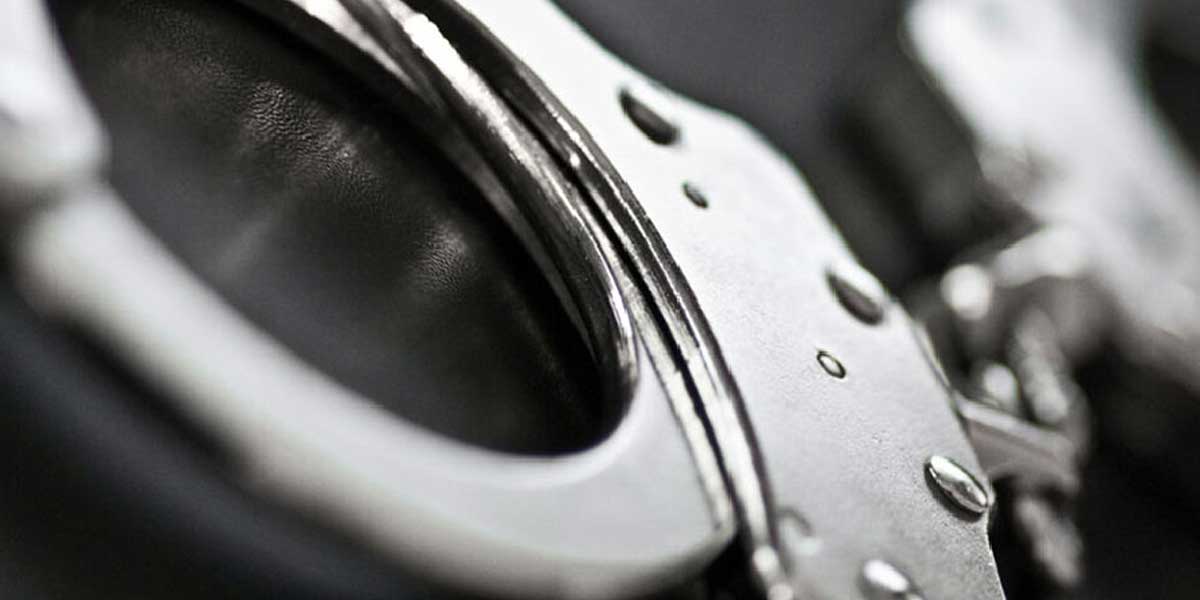By Ray Adrian Cadiz Macalalag
In 2019, the Department of the Interior and Local Government (DILG) issued Department Memorandum Circular (DMC) No. 2019-121 in response to the former president’s State of the Nation Address to clear roads of illegal structures and constructions. This issuance was met with significant public debate, particularly regarding its impact on individuals who relied on Portland cement concrete pavement for their homes and businesses. Despite the chaos it caused, the implementation of the rules within the 60-day timeframe resulted in the immediate restoration of clean and orderly sidewalks.
For the first time in my lifetime, the city experienced a remarkable transformation, becoming truly walkable. However, this progress was short-lived, as Filipinos, known for their resilience and adaptability, embraced their unique identity as “ningas kugon.” Over time, the structures and obstructions that had been cleared were restored, and the city reverted to its previous state.
My experience living in Australia for 18 months provided me with a new perspective on the value of walking as a mode of transportation. Upon returning to the Philippines, I was deeply disappointed to discover that our city had regressed to a state where walking was not only inconvenient but also challenging. This phenomenon is not limited to the City of Iloilo; it is prevalent throughout the country, with sidewalks often littered with debris, obstructed by vehicles, and occupied by vendors. While every individual has the right to walk through public spaces, it seems that public domains have become an exclusive privilege.
Walking offers numerous benefits that may not be immediately apparent. It contributes to traffic decongestion and provides essential physical activity for our population. Health concerns have been a persistent issue in the country, with diabetes accounting for 37,265 deaths in 2020 and heart diseases for 99,680, as reported by the Philippine Statistics Authority. In an effort to combat these rising death tolls associated with lifestyle patterns, the government has actively promoted active travel, encouraging cycling and walking as viable modes of transportation. During the Christmas season, the Department of Health issued Department Circular No. 2024-0455, which emphasizes the importance of active lifestyles (Section 2.c) and recommends incorporating 30 minutes of physical activity into daily routines, including visits to nearby public open spaces to enhance physical activity and mental well-being through rest, relaxation, and social interaction.
From San Agustin to the commercial area in Delgado-Valeria Streets, obstructions include vehicles undergoing repairs, motorcycles being displayed, and trucks being loaded or unloaded. While the DMC of the DILG has identified only illegal structures and constructions as problematic, it is important to note that the city also strives to be bicycle-friendly, holding the title of the most bicycle-friendly city in the country. However, the traffic situation continues to worsen, and despite the city’s pride in its bike lanes, esplanades, and Diversion Road, which collectively represent barely 10 percent of the city’s infrastructure, sidewalks remain a significant challenge in making the city truly walkable. The cost of clearing sidewalks is relatively low compared to the substantial investments made in building these infrastructures. It is pertinent to question whether cycling and walking are truly feasible in the city as advertised. The city’s failure to meet the expectations of visitors and its Ilonggo residents underscores the need for immediate action to address these challenges.
One consideration is that nearly all public markets are simultaneously undergoing reconstruction. Consequently, there is no alternative but to utilize sidewalks and roads for temporary markets. This is a fair solution. However, what about the other road sections? We are compelled to walk along narrow (and somewhat inhumane) sidewalks, and sometimes, the sidewalks are non-existent due to obstructions.
While the government takes pride in its infrastructure, the citizenry should demand outcomes that are more beneficial. As we take pride in our city’s image, we should ensure that the experience navigating this beautiful city is indeed worthwhile rather than focusing on the aesthetically pleasing, privately developed sidewalks of the new business district in Mandurriao or the leisurely walkways of Iloilo Esplanade that sparsely provide connections to key locations in the city. The simple act of road clearing can provide an immense solution to the worsening traffic conditions of the city at present.






















